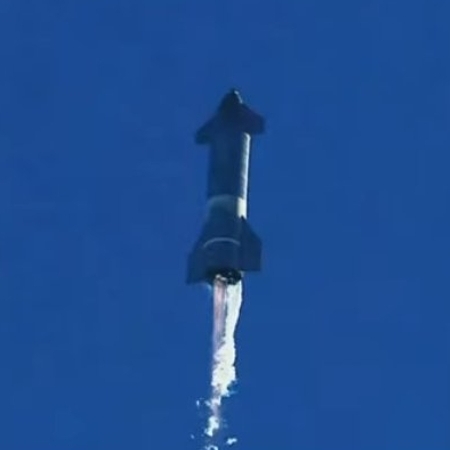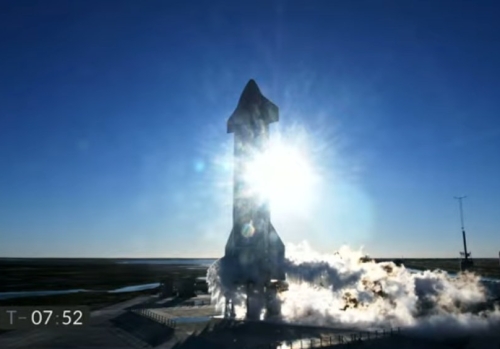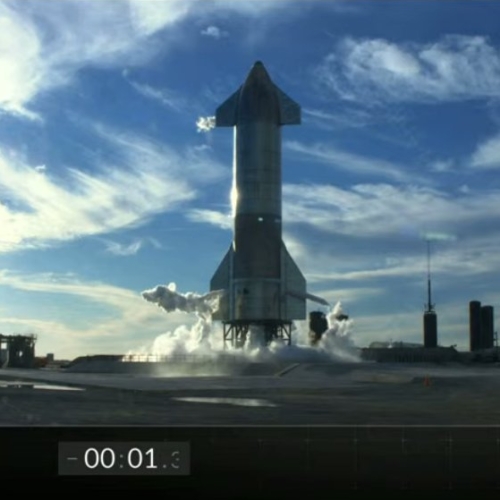Smallsat rocket startup Obex raises $24 million
Capitalism in space: The smallsat rocket startup Obex of the United Kingdom today announced that it has raised $24 million in private investment capital to support the development of its Prime rocket.
Conceived and developed as an environmentally sustainable launch system, the Orbex Prime rocket uniquely uses bio-propane, a renewable biofuel that cuts CO2 emissions by 90% compared to traditional kerosene-based rocket fuels. Designed to be recoverable and re-usable, Orbex Prime is intended to leave no debris in the ocean or in orbit around the Earth. The company is constructing the rocket vehicle at factories in Forres, near Inverness in Scotland, and Copenhagen in Denmark.
…Orbex has already confirmed six commercial satellite launch contracts, with the first launches expected in 2022. The company’s preferred launch site will be the Sutherland spaceport on the northernmost coast of Scotland, which was granted planning permission in mid-August 2020.
Whether the Sutherland spaceport happens however remains uncertain. Though it still appears to be moving forward, there is a lot of local opposition to it, some with clout. It appears however that Orbex is aware of this reality, and is developing Prime to allow it to launch from other sites.
That the company is trying to build this rocket as reusable right from the beginning is encouraging. It shows that the rocket industry is finally accepting the new paradigm established by SpaceX. For them to achieve this by ’22 however will be quite challenging.
Capitalism in space: The smallsat rocket startup Obex of the United Kingdom today announced that it has raised $24 million in private investment capital to support the development of its Prime rocket.
Conceived and developed as an environmentally sustainable launch system, the Orbex Prime rocket uniquely uses bio-propane, a renewable biofuel that cuts CO2 emissions by 90% compared to traditional kerosene-based rocket fuels. Designed to be recoverable and re-usable, Orbex Prime is intended to leave no debris in the ocean or in orbit around the Earth. The company is constructing the rocket vehicle at factories in Forres, near Inverness in Scotland, and Copenhagen in Denmark.
…Orbex has already confirmed six commercial satellite launch contracts, with the first launches expected in 2022. The company’s preferred launch site will be the Sutherland spaceport on the northernmost coast of Scotland, which was granted planning permission in mid-August 2020.
Whether the Sutherland spaceport happens however remains uncertain. Though it still appears to be moving forward, there is a lot of local opposition to it, some with clout. It appears however that Orbex is aware of this reality, and is developing Prime to allow it to launch from other sites.
That the company is trying to build this rocket as reusable right from the beginning is encouraging. It shows that the rocket industry is finally accepting the new paradigm established by SpaceX. For them to achieve this by ’22 however will be quite challenging.







